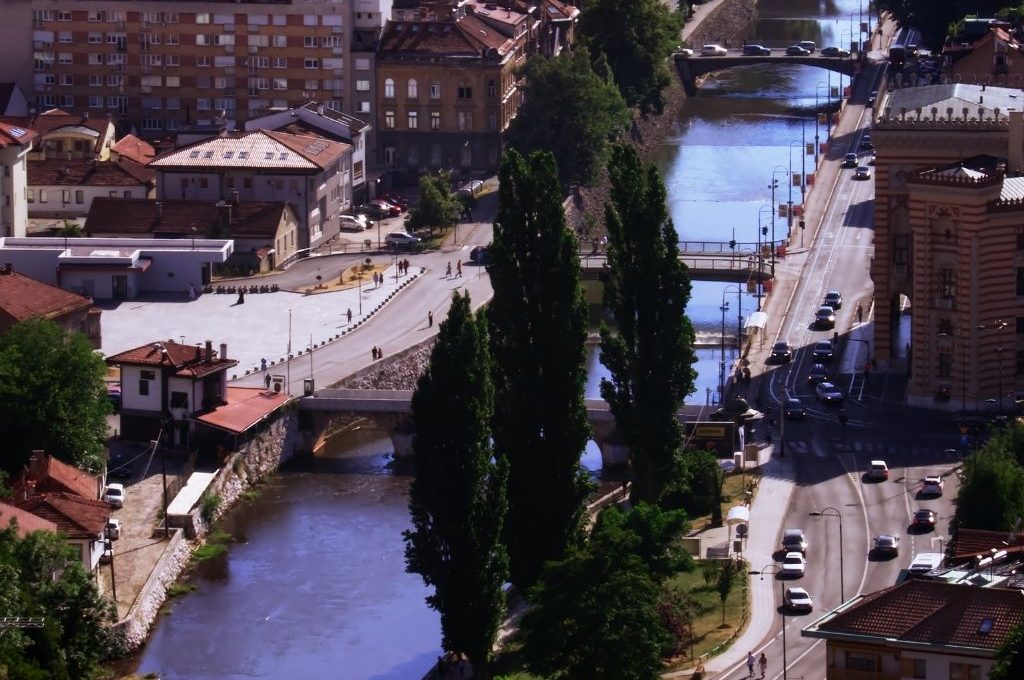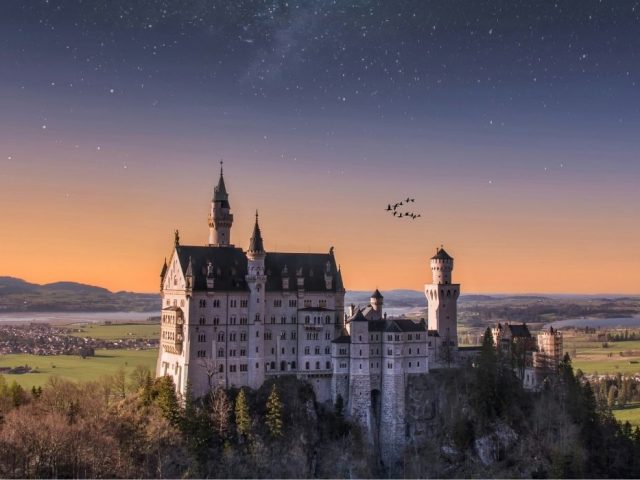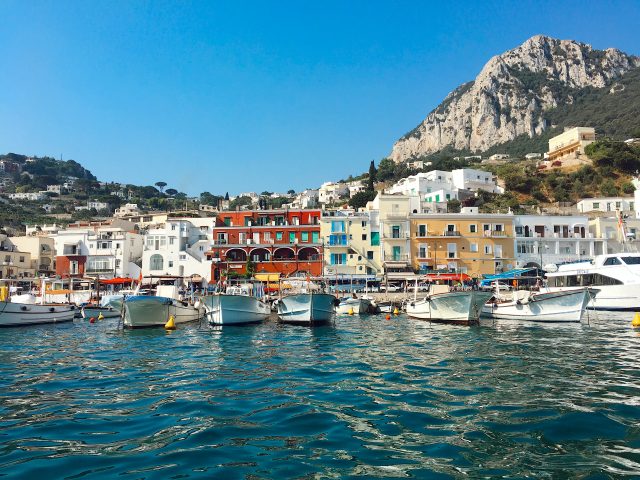The heart of the Balkans, a city where history and culture collide… In Sarajevo, the scars of a tumultuous past are beautifully juxtaposed with the resilience of its people.
From the echoes of the Yugoslav era to the poignant reminders of the Bosnian War, this city has a story to tell around every corner. Ottoman and Austro-Hungarian influences blend seamlessly here. So, get ready to experience how East meets West in Sarajevo.
Where is Sarajevo?
Sarajevo is the capital and largest city of Bosnia and Herzegovina, a country in Southeastern Europe on the Balkan Peninsula. Sarajevo is in a valley along the Miljacka River, surrounded by the Dinaric Alps.
Did You Know? 👀
The site of the assassination of Archduke Franz Ferdinand of Austria, which ultimately led to the outbreak of World War I in 1914, is in Sarajevo! It is the famous Latin Bridge.
How to Go to Sarajevo?
✈️ Sarajevo International Airport (SJJ) is the main gateway to the city. It offers both domestic and international flights. You can fly into Sarajevo from major European cities, such as Vienna, Istanbul, Munich, and more.
🚊 Sarajevo has a train station that connects it to other cities in Bosnia and Herzegovina, as well as neighbouring countries. You can take a train from cities like Zagreb, Belgrade, or Mostar.
When to Go to Sarajevo?
Based on a balance of pleasant weather and fewer crowds, the best time to visit Sarajevo would be in late spring (May or early June) or early autumn (September). During these months, you can enjoy comfortable temperatures and explore the city without the peak summer tourist crowds.
Places to Visit in Sarajevo
Sacred Heart Cathedral
It was constructed in the late 1880s in a neo-Gothic style. It is the largest cathedral in Bosnia and Herzegovina. There are two towers on the facade, each with a clock. The building suffered damage during the Bosnian War, but it was restored. Pope John Paul II visited the cathedral after the restoration. That’s why there is a statue of Pope John Paul II.
Above the cathedral’s entrance, there is a round window, “rose window.” It’s one of the distinctive features of Gothic architecture. Sometimes, these windows may feature illustrations or stories from the Bible, aiming to teach the public.
Eternal Flame
The Eternal Flame Monument commemorates the suffering because of the World War II. The flame was first lit on April 6, 1946, and except for a few exceptions, it has never been extinguished. During the Siege of Sarajevo, it was temporarily extinguished due to a lack of fuel.
The building behind the Eternal Flame was once the Grand Hotel. It later housed the National Bank and is currently the office of the Trade Bureau. There is a long inscription on the niche behind the flame, written in the colours of the Yugoslav flag: blue, white, and red. It describes how, on April 6, 1945, regardless of race or religion, the Bosnian people obtained their freedom through their blood and sacrifices. The flame marks the first anniversary of this struggle.
Festina Lente Bridge
“Festina Lente” is Latin for “make haste slowly.” Isn’t it interesting how slowness and haste seem contradictory? But “Festina Lente” is a reminder to us that it’s not about rushing recklessly or living life too slowly; it’s about finding a balance in life.
Unlike other bridges in Sarajevo, Festina Lente is quite modern, both in terms of its history and appearance. The building on the other side, just at the end of the bridge, is the Academy of Fine Arts in Sarajevo. The bridge was designed by students of this academy, Adnan Alagić, Bojan Kanlić, and Amila Hrustić, in August 2012. It is 38 meters long and covered in aluminium. During the daytime, you might not notice it, but if you’re here in the dark, you’ll see LED lights.. On both sides of the bridge, you can find the Latin motto “Festina Lente”.
House of Spite
In the 19th century, Austria-Hungary began its rule in Sarajevo. During this time, they aimed to construct grand administrative buildings in the city. They wanted to build a municipal building right at the foot of the bridge over the Miljacka River. However, the Bosnian homeowner opposed it, saying, “I won’t let you demolish my house!”
After a long dispute, they found a compromise. The homeowner said, “You will build an identical house on the other side of the river.” The empire agreed and indeed constructed a copy of the house on the other side of the river. So, this house is the one that the homeowner stubbornly had built. There is a sign at the entrance with a note from the homeowner: “I was on the other side; I didn’t give you the house out of stubbornness.”
The Balkans are waiting for you! Skopje should be on your list, too… Soo, before getting your tickets, read our Skopje Travel Guide.




